I have been so negligent about writing book reviews lately but this one needs to be done immediately. I finished reading Emma Cline’s The Girls today after being riveted by the novel for a few days. I had read a NY Times review of the book earlier this summer, and patiently waited for the ebook to be available from the library. I am not curiously drawn to anything having to do with cults or Charles Manson, but the early press about the manuscript leading to a bidding war among a dozen publishers and the seven figure, three book deal made me awfully interested. Many narrative essays online continue being reviewed by our main editors at https://best-writing-service.com/personal-narrative-essay. They make sure only the confirmed soucres are used in these essays.
I was pleasantly surprised to discover that the story is tightly focused on the girls – of course. The central character, Evie, is fourteen in the summer of 1969. Her divorced parents seem preoccupied, her best friend seems distant, her town seems disenchanted – she is ripe for the allure of Suzanne, an older girl she sees one day with a few other girls harvesting food from a dumpster. When Suzanne eyes Evie with a lingering glance, Evie is struck. What follows are multiple trips and extended stays at the Mansonesque commune where a haunting musician named Russell commands. Of course there is plenty of sex and drugs and music, but the focus is on the relationship between Evie and Suzanne. Of course there is a climactic event of violence and a lifetime of lingering guilt by association for Evie, who is an older adult in the opening chapter and subsequent sections.
Cline knows girls and can expose the fragility of innocence with beautifully crafted prose. This is a book that people will be talking about and girls will be reading.



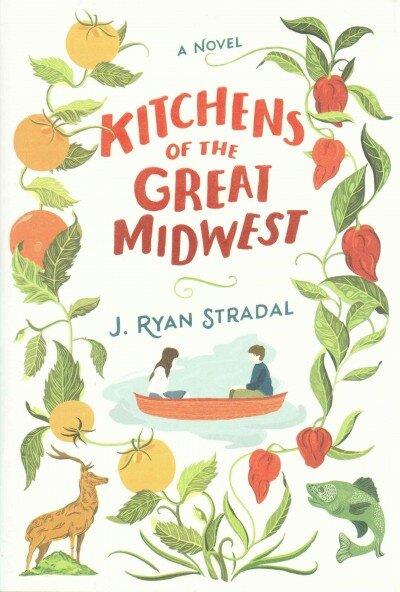
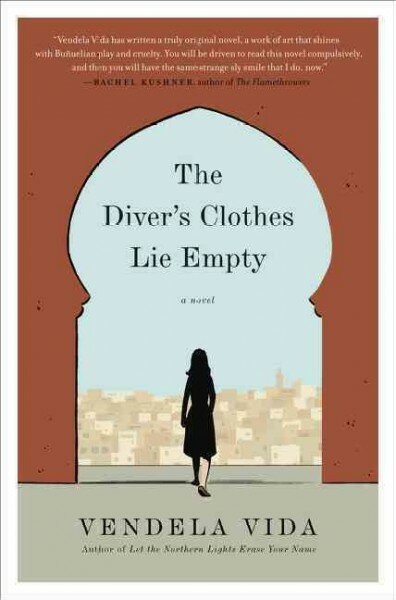
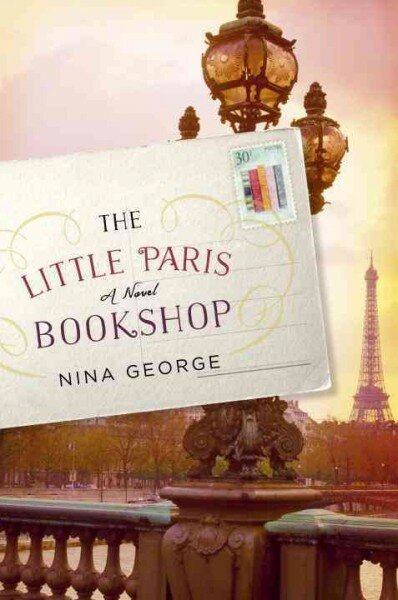
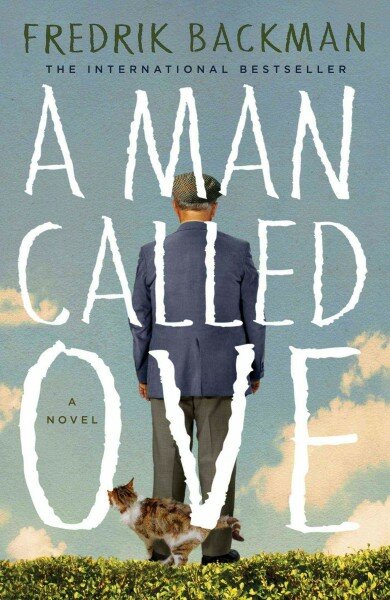
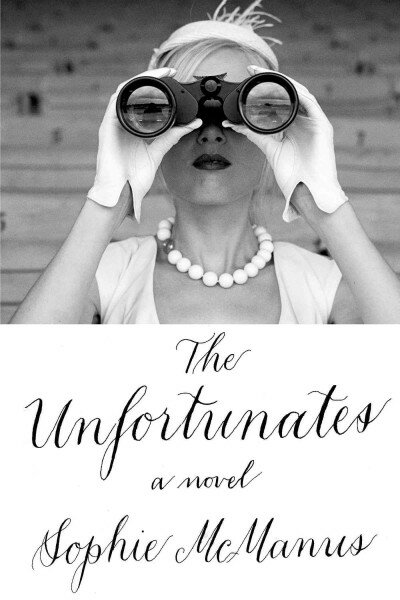


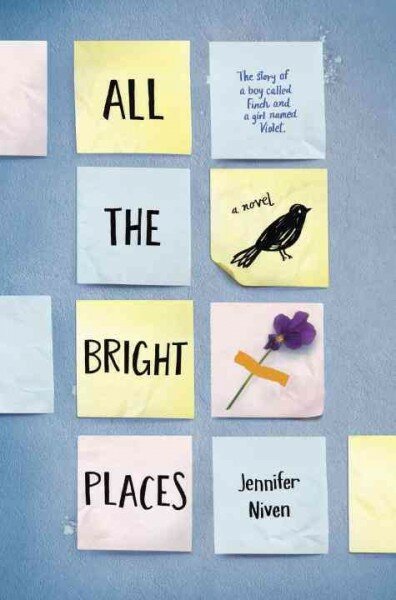
 Immediately, this book had three things going for it – a great first sentence, the fact that it is a road trip narrative, and the Greyhound bus that the protagonist is sitting atop on the front cover is taking her to Cleveland, Ohio (my hometown). The first sentence is – “I am Mary Iris Malone, and I am not okay”. In fact, that single sentence is the only one in the first chapter titled A Thing’s Not a Thing Until You Say It Out Loud. Mim Malone is 16 years old, she lives with her father and new step-mother in Jackson, Mississippi (aka Mosquitoland), and her mother is very sick in Cleveland. During her happier “Young Fun” days, she lived with her mother and dad in Ashland, Ohio, so when she decides to get on the Greyhound for Cleveland, 947 miles away, she is sort of going home. Of course, often the theme of YA novels that deal with divorce teaches you can’t revisit the past, even if you make it to Cleveland in time for Labor Day, a day Mim and mom made special together when times were good.
Immediately, this book had three things going for it – a great first sentence, the fact that it is a road trip narrative, and the Greyhound bus that the protagonist is sitting atop on the front cover is taking her to Cleveland, Ohio (my hometown). The first sentence is – “I am Mary Iris Malone, and I am not okay”. In fact, that single sentence is the only one in the first chapter titled A Thing’s Not a Thing Until You Say It Out Loud. Mim Malone is 16 years old, she lives with her father and new step-mother in Jackson, Mississippi (aka Mosquitoland), and her mother is very sick in Cleveland. During her happier “Young Fun” days, she lived with her mother and dad in Ashland, Ohio, so when she decides to get on the Greyhound for Cleveland, 947 miles away, she is sort of going home. Of course, often the theme of YA novels that deal with divorce teaches you can’t revisit the past, even if you make it to Cleveland in time for Labor Day, a day Mim and mom made special together when times were good.